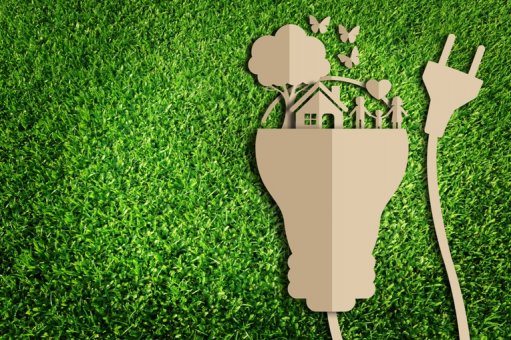
In this opinion piece, South African National Energy Development Institute energy efficiency and corporate communications GM Barry Bredenkamp writes about the importance of South Africa continuing to pursue energy efficiency despite the prospect of increased power generation capacity.
As the country focuses on improved energy generation capacity, energy savings must not be forgotten. The South African energy industry – and indeed the wider business community – is celebrating the recent very positive announcement by President Cyril Ramaphosa on the increased threshold for embedded electricity generation for private companies, up from just 1 MW to 100 MW.
However, while companies start investigating their self-generation options, it is vital that we do not forget our impact on "the other (demand) side of the meter".
The International Energy Agency still regards energy efficiency as the "first fuel" and we should strive to save every possible kilowatt-hour before adding new generating capacity, whether it be from renewable sources or not. Companies must prioritise energy savings, not just self-generation.
While I agree that the new 100 MW threshold is great news for the stability of supply and our economic potential, I would like to see every installation targeting a baseline load of 110 MW. You might wonder why I would suggest this when the new threshold is 100 MW.
My take is that there is at least 10% energy savings potential on the demand side of the meter at virtually all proposed installations that should be investigated and optimised, before adding additional supply-side capacity.
The more energy (consumption) we can avoid or save, the smaller the size of the load required to operate those end-use technologies. Therefore, we urge project developers not to lose focus on first exploring the energy efficiency potential, by setting an ‘internal’ target to save 10 MW of electricity for every 100 MW of renewable power generation capacity installed in this new and exciting journey in the South African energy landscape.
Businesses are now empowered to generate their own electricity with limited administrative bureaucracy. If companies can install and operate their own energy infrastructure to cater for their own needs, without having to apply for licences from the National Energy Regulator of South Africa, why worry about energy savings?
Well, aside from the substantial financial investment required for self-generation installations, all new build projects come with an environmental cost. Even renewable and “clean” energy projects come with a carbon footprint. If you consider the manufacture and transport of every piece of equipment and component required for a solar farm, you can see how this might add up when companies across the country adopt their own generation plants.
Added to that, at the most basic, it is cheaper to save energy than to generate it. Building new generation capacity is a big investment, regardless of the energy source. While it will be exciting to see the small-scale embedded generation projects popping up in the coming months and years, there are additional cost and environmental savings to be gained by including energy efficiency in the overall mix. Regardless of how and where power is generated, someone still pays for the megawatt consumed, whereas the avoided megawatt is ‘free’.
In my opinion, the best megawatt is still definitely the megawatt not used.
Alternative energy solutions are understandably a priority in South Africa, with our ageing electrical infrastructure and threatened energy security. Giving companies the opportunity to generate their own power is sure to assist with our country’s economic recovery plan. However, I implore these companies to not forget about the other side of the ‘green’ coin. Energy efficiency should still be the first step towards energy security.